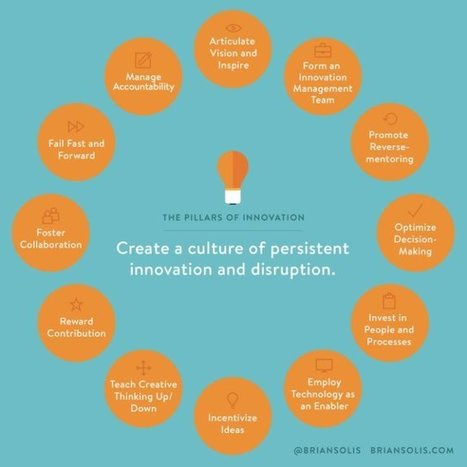In the 18th annual PwC survey of chief executive officers, conducted in 2014, many CEOs anticipated significant disruptions to their businesses during the next five years as a result of external worldwide trends. One such trend, cited by 61 percent of the respondents, was an increasing number of competitors. The same number of respondents foresaw changes in customer behavior creating disruption. Fifty percent said they expected changes in distribution channels. As CEOs look to stay ahead of these trends, they recognize the need to change the organization’s design. But for that redesign to be successful, a company must make its changes as effectively and painlessly as possible, in a way that aligns with its strategy, invigorates employees, builds distinctive new capabilities, and makes it easier to attract customers.
Via Kenneth Mikkelsen, Mark E. Deschaine, PhD



 Your new post is loading...
Your new post is loading...









This is a very topical, well written piece on the ongoing issues of organisational structure design. The principles are sound and resonate with previous theorists such as Lewin, Deal and Kennedy. There are some good examples and strong recommendations for what NOT to do too. The comments on benchmarking are particularly relevant for many organisations seeking to establish their own position in the marketplace. Another key message is to let go of the past. Leaders need to build on strengths - formal or informal - and look ahead.
Nice list of elements in organizational design.
Er din organisation skræddersyet til de aktuelle udfordringer ?